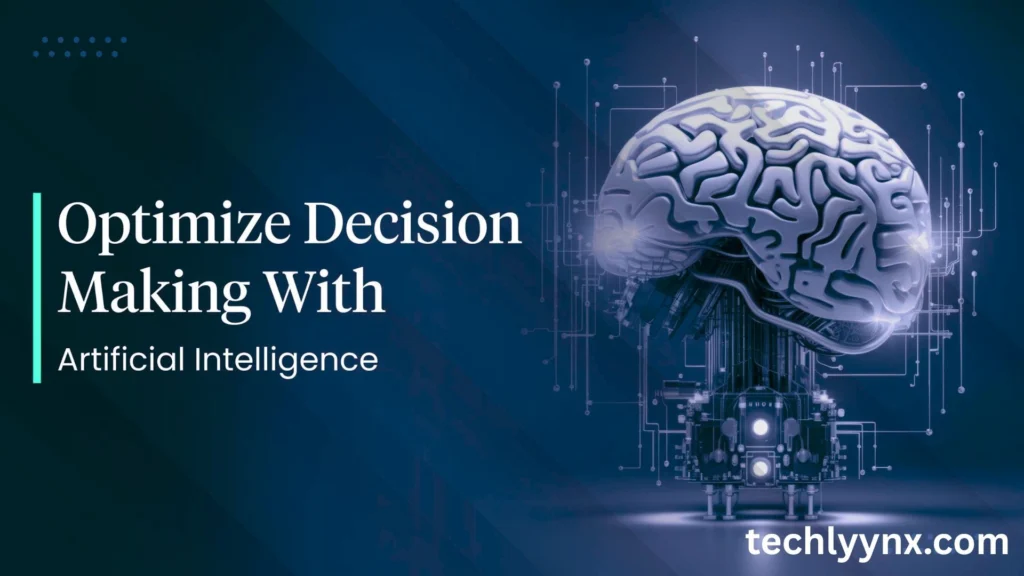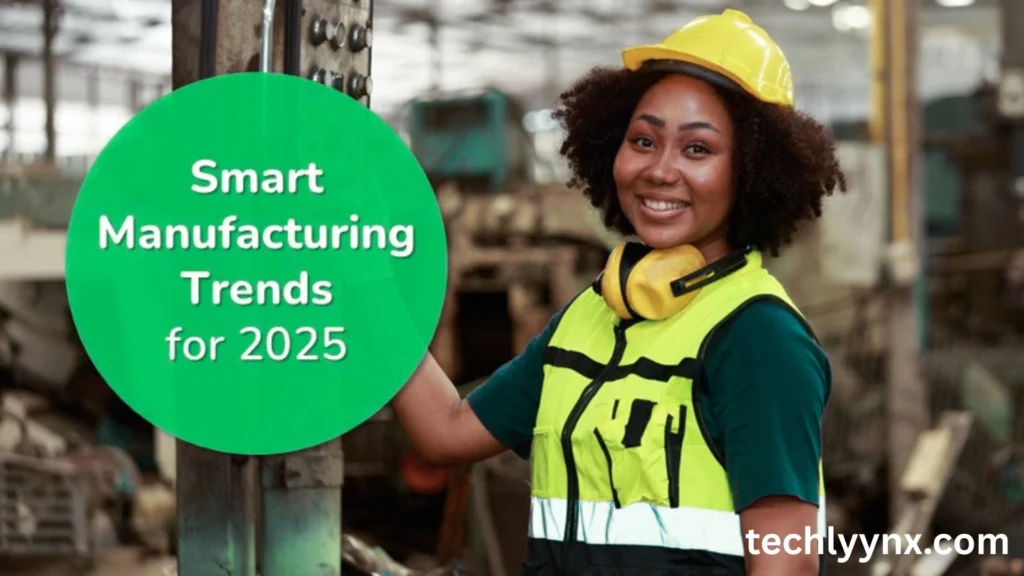The manufacturing world is undergoing a seismic shift. No longer just about machines and manpower, smart manufacturing is now about data, connectivity, and intelligence. As we enter 2025, manufacturers across the globe are embracing transformative technologies to boost efficiency, resilience, and sustainability. Whether you’re an engineer, a factory manager, or a curious observer of tech trends, here are the most impactful smart manufacturing trends shaping the industry this year.
AI-Driven Decision Making

In manufacturing, artificial intelligence (AI) is now more than just a catchphrase; it’s a useful instrument that produces outcomes. By 2025, AI-powered systems will be widely need to make choices in real time across a variety of tasks. From dynamic shop floor scheduling to inventory planning and predictive maintenance.
Manufacturers are using AI algorithms to cut waste, enhance quality, and even forecast demand trends. A few years ago, only industrial giants could afford to take use of AI’s potential; now, even small and mid-sized manufacturers can do so thanks to improved computer power and more easily accessible machine learning models.
Digital Twins in Smart Manufacturing

Digital twins, which are virtual representations of physical systems, were formerly limited to R&D labs and cutting-edge aerospace applications, but they are now becoming widely used in routine manufacturing.
They are being used in 2025 to estimate energy use, test novel configurations, and simulate production processes without interfering with ongoing business operations. This lowers expenses, shortens downtime, and spurs innovation. Manufacturers are developing digital duplicates of everything from individual machines to entire facilities in order to monitor real-time data and react to problems more quickly.
Cyber-Physical Systems and Industry 5.0

Industry 5.0 is about human-machine cooperation, whereas Industry 4.0 introduced automation and intelligent systems. Enhancing human capabilities rather than replacing them is the goal.
In actuality, this indicates that factories are growing more flexible. Real-time data feeds, AR/VR interfaces, and intelligent robots are now supporting human workers. The foundation of this change is cyber-physical systems, which are networks in which digital controls and physical equipment communicate. Additionally, this movement prioritizes worker well-being, personalization, and sustainability.
Industry 5.0 is about combining the precision of advanced technologies like AI, robotics, and the Internet of Things with human creativity, empathy, and critical thinking. It emphasizes personalization, sustainability, and resilience. Rather than replacing humans, smart machines now work with them, enabling more meaningful, efficient, and ethical manufacturing.
It’s not just the next industrial revolution—it’s a more balanced, human-centric evolution of industry.
Sustainable Smart Manufacturing
Manufacturing has long been seen as the engine of progress—but also as a major contributor to pollution and resource consumption. Today, that story is changing. Thanks to new technologies and a shift in global priorities, factories are evolving into centers of efficiency, innovation, and sustainability. This transformation is being led by sustainable smart manufacturing, a powerful blend of digital intelligence and eco-conscious design.
In 2025, sustainability isn’t just a trend in manufacturing—it’s a necessity. And smart systems are helping make it achievable at scale.
Sustainability has become a key priority in 2025 as environmental rules tighten and customers seek greener products. By incorporating circular economy principles, minimizing the usage of raw materials, and tracking carbon footprints in real time, smart manufacturing enables firms to go green in addition to lowering energy use.
These days, sophisticated sensors offer detailed information on trash, pollutants, and energy use. Energy loads are optimized by machine learning techniques. Additionally, smart supply chains lower emissions from transportation. Sustainability is now a key component of smart manufacturing strategy, not just a side project.
Hyperconnected Supply Chains

Over the past few years, supply chain interruptions have taught manufacturers the need of flexibility and visibility. Hyperconnected supply chains are becoming a major concern in 2025.
Manufacturers are spending money on cloud-based systems, blockchain, and Internet of Things devices that provide AI-based demand forecasts, predictive risk alarms, and real-time material tracking. This trend guarantees improved routing, quicker reaction times to delays, and closer coordination with distributors and suppliers.
Why is this more intelligent? Connectivity and data analytics work together to create flexible, robust supply chains that can quickly change course in the face of unforeseen difficulties.
Low-Code and No-Code Factory Apps

Smart manufacturing isn’t just about high-tech robots and AI systems. It’s also about giving people—the engineers, technicians, and shop-floor workers—the tools they need to solve problems faster. That’s where low-code and no-code platforms come in. These tools are quietly revolutionizing how factories operate by allowing non-programmers to build powerful applications tailored to their specific needs.
The emergence of low-code and no-code platforms is one of the most exciting democratizing factors in smart manufacturing. Without requiring extensive programming skills, these technologies enable engineers, technicians, and even floor workers to design unique dashboards, workflows, and automation logic.
By 2025, manufacturers will be using these platforms more and more to monitor machine health, configure ERP systems, and generate anomaly warnings. It speeds up digital transformation from the ground up by lowering IT bottlenecks and giving frontline employees the freedom to design the tools they require.
Conclusion
2025 is turning out to be a crucial year in the rapidly accelerating smart manufacturing revolution. The improvements aren’t merely technological; they’re strategic and human-centered, ranging from AI and digital twins to sustainable operations and worker-friendly automation.
With sectors shifting toward hyper-efficiency, adaptability, and resilience, smart manufacturing will become the norm rather than a differentiator. Early adaptation, wise investment, and a focus on innovation and people will be the hallmarks of successful businesses.
Navigating the next stage of industrial evolution requires paying attention to these tendencies, whether you’re a manufacturing leader or a policymaker.

